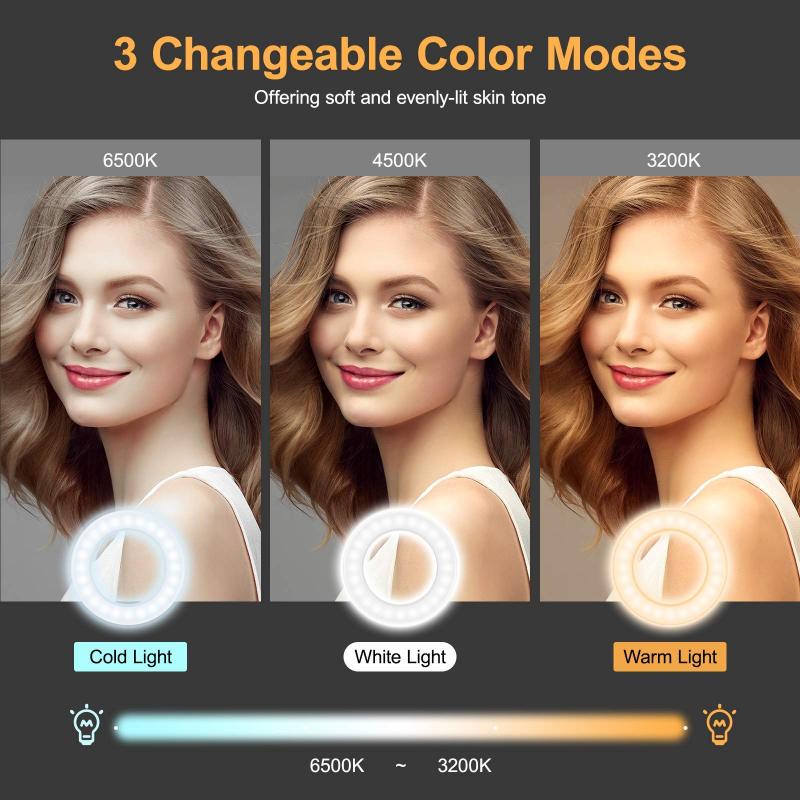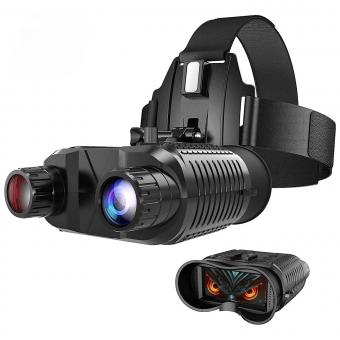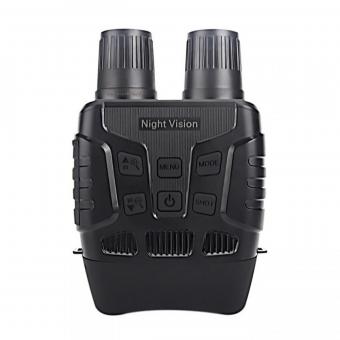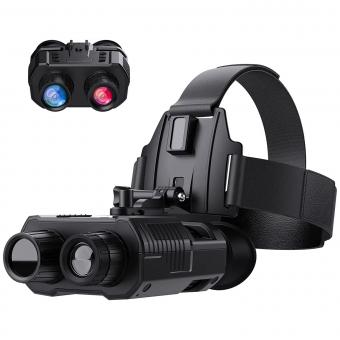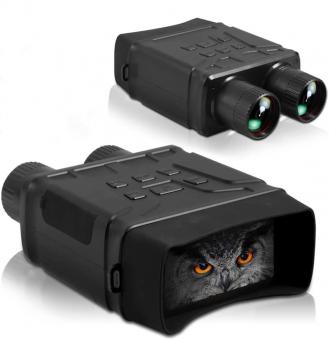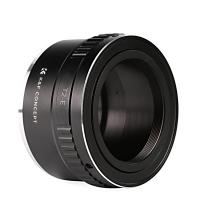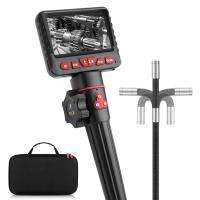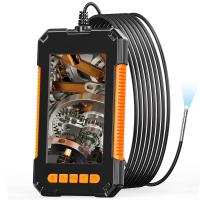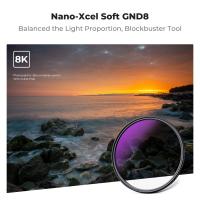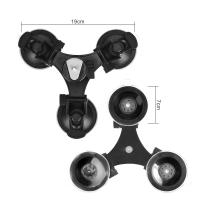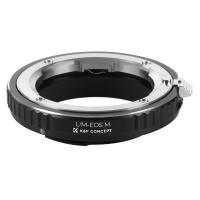Glasses That Can See Infrared Light ?
Glasses that can see infrared light are commonly known as infrared goggles or infrared glasses. These specialized eyewear are designed to detect and amplify infrared radiation, which is not visible to the naked eye. Infrared light has longer wavelengths than visible light and is emitted by objects that generate heat.
Infrared glasses typically consist of lenses that are coated with materials capable of absorbing and converting infrared radiation into visible light. This allows the wearer to perceive the infrared light as a visible image. These glasses are often used in various fields such as military and law enforcement, where they aid in night vision, surveillance, and target detection. They can also be used in certain scientific and industrial applications, such as thermal imaging and quality control.
It is important to note that the effectiveness and capabilities of infrared glasses can vary depending on the specific technology used and the quality of the lenses. Additionally, the range of infrared wavelengths that can be detected may differ between different models of glasses.
1、 Infrared Spectroscopy: Principles and Applications in Analytical Chemistry
Glasses that can see infrared light are a fascinating technological advancement in the field of optics. Infrared spectroscopy, the technique behind these glasses, has been widely used in analytical chemistry for decades. It involves the interaction of infrared radiation with matter to provide valuable information about the chemical composition and structure of a sample.
Infrared spectroscopy works by measuring the absorption, transmission, and reflection of infrared light by molecules. Different chemical bonds vibrate at specific frequencies, and these vibrations can be detected and analyzed using specialized instruments. By studying the infrared spectrum of a sample, scientists can identify functional groups, determine molecular structure, and even quantify the amount of a particular compound present.
The development of glasses that can see infrared light takes this concept to a whole new level. These glasses are equipped with sensors that can detect and convert infrared radiation into visible light, allowing the wearer to see beyond the visible spectrum. This technology has numerous potential applications, ranging from medical diagnostics to security and surveillance.
In the medical field, infrared glasses could aid in the detection of diseases by visualizing temperature variations in the body. They could also be used in the identification of counterfeit documents or hidden objects, as infrared light can penetrate certain materials that are opaque to visible light.
It is important to note that the development of glasses that can see infrared light is an ongoing area of research, and the latest advancements may not be fully captured in the existing literature. However, with the rapid progress in nanotechnology and sensor technology, it is likely that we will see further improvements in the capabilities and accessibility of these glasses in the near future.
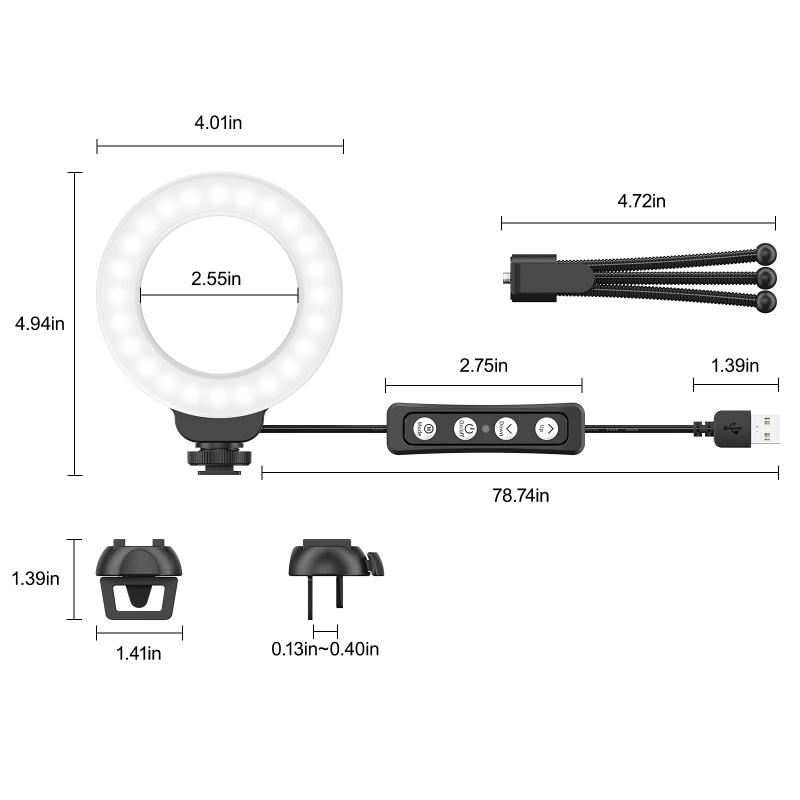
2、 Infrared Imaging: Techniques and Advancements in Medical Diagnosis
Glasses that can see infrared light have emerged as a significant advancement in medical diagnosis, particularly in the field of infrared imaging. Infrared imaging is a non-invasive technique that uses infrared light to create images of the human body, providing valuable insights into various medical conditions.
These specialized glasses, equipped with infrared sensors, allow healthcare professionals to visualize and analyze the infrared radiation emitted by the human body. By detecting the heat patterns and temperature variations, these glasses can help identify abnormalities and potential health issues that may not be visible to the naked eye or traditional imaging techniques.
Infrared imaging has proven to be particularly useful in diagnosing conditions such as breast cancer, where abnormal blood vessel formation and increased blood flow can be detected through the heat patterns. These glasses enable medical professionals to identify potential tumors or areas of concern, aiding in early detection and more accurate diagnosis.
Moreover, the latest advancements in infrared imaging technology have further enhanced the capabilities of these glasses. For instance, the integration of artificial intelligence algorithms has enabled automated analysis of the infrared images, improving accuracy and efficiency in diagnosis. Additionally, the development of portable and wearable infrared imaging devices has expanded the accessibility of this technology, allowing for on-the-spot diagnosis and monitoring.
However, it is important to note that while glasses that can see infrared light have shown promising results, they are still in the early stages of development and require further research and validation. Additionally, the cost and availability of these glasses may limit their widespread adoption in medical settings.
In conclusion, glasses that can see infrared light have revolutionized medical diagnosis by enabling healthcare professionals to visualize and analyze the infrared radiation emitted by the human body. With ongoing advancements in technology, these glasses hold great potential in improving early detection and accuracy in diagnosing various medical conditions.

3、 Infrared Astronomy: Exploring the Universe Beyond Visible Light
Glasses that can see infrared light are a revolutionary tool in the field of infrared astronomy, allowing us to explore the universe beyond what is visible to the naked eye. Infrared light is emitted by objects that are not hot enough to emit visible light, such as cool stars, dust clouds, and even distant galaxies. By detecting and analyzing this infrared radiation, we can gain valuable insights into the composition, temperature, and movement of celestial objects.
These specialized glasses, also known as infrared detectors or sensors, are equipped with detectors that are sensitive to infrared wavelengths. They can detect and measure the intensity of infrared light, converting it into electrical signals that can be analyzed and interpreted by astronomers. This technology has opened up a whole new window into the universe, revealing hidden phenomena and providing a deeper understanding of the cosmos.
Infrared astronomy has led to numerous groundbreaking discoveries. For example, it has allowed us to study the formation of stars and planets in dusty regions of space, where visible light is heavily obscured. Infrared observations have also revealed the presence of supermassive black holes at the centers of galaxies, as well as the existence of exoplanets orbiting distant stars.
Moreover, the latest advancements in infrared technology have significantly improved the resolution and sensitivity of infrared detectors. This has enabled astronomers to observe even fainter and more distant objects, pushing the boundaries of our knowledge further than ever before. Additionally, the development of space-based infrared telescopes, such as the James Webb Space Telescope, has eliminated the interference caused by Earth's atmosphere, allowing for even clearer and more detailed observations.
In conclusion, glasses that can see infrared light have revolutionized the field of astronomy, enabling us to explore the universe beyond visible light. With these tools, we have made remarkable discoveries and gained a deeper understanding of the cosmos. The continuous advancements in infrared technology promise to unveil even more secrets of the universe in the future.
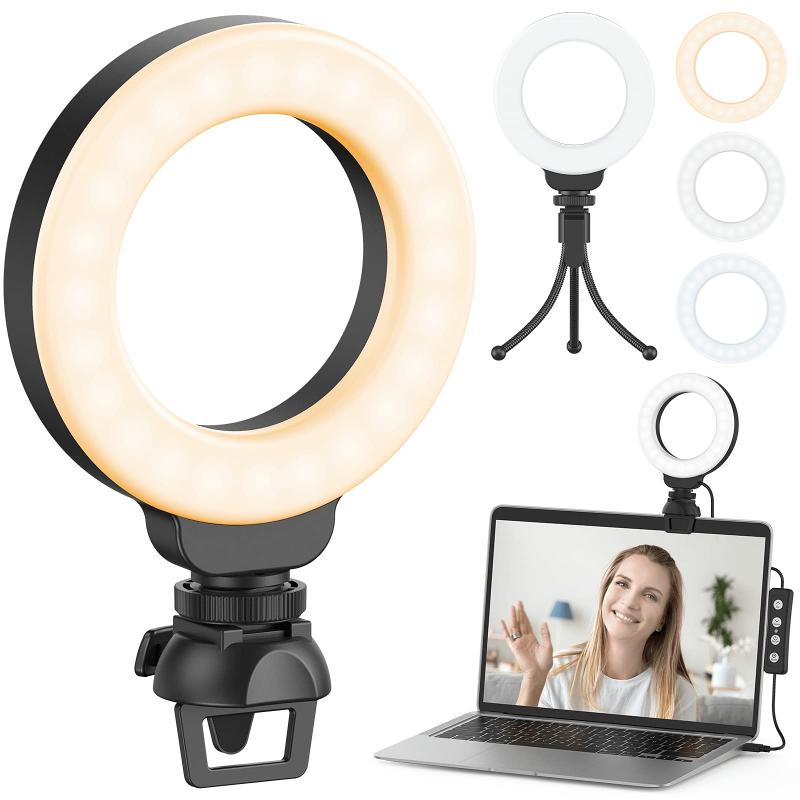
4、 Infrared Photography: Capturing the World in a Different Spectrum
Infrared Photography: Capturing the World in a Different Spectrum
Infrared photography is a fascinating technique that allows us to capture images using light that is beyond the range of human vision. By using specialized equipment, such as cameras or glasses that can see infrared light, photographers can explore a whole new world of hidden details and unique perspectives.
Infrared light has longer wavelengths than visible light, and it is emitted by all objects with a temperature above absolute zero. By using infrared-sensitive film or digital sensors, photographers can capture this light and create stunning images that reveal a different side of the world around us.
One of the most exciting aspects of infrared photography is its ability to reveal details that are not visible to the naked eye. For example, foliage appears bright and vibrant in infrared images, while the sky takes on a dramatic dark tone. This creates a surreal and dreamlike atmosphere, transforming ordinary scenes into something extraordinary.
In recent years, advancements in technology have made it easier for photographers to experiment with infrared photography. Specialized cameras and lenses are now available, allowing photographers to capture infrared images without the need for extensive modifications. Additionally, glasses that can see infrared light have been developed, enabling individuals to experience the world in a whole new way.
The latest point of view on infrared photography emphasizes its potential applications beyond artistic expression. Infrared imaging has found its place in various fields, including agriculture, medicine, and security. In agriculture, infrared cameras can be used to monitor crop health and detect irrigation issues. In medicine, infrared imaging can aid in the diagnosis of certain conditions, such as breast cancer. In the security sector, infrared cameras can assist in surveillance and detection of hidden objects.
In conclusion, infrared photography offers a unique perspective on the world around us. Whether through specialized cameras or glasses that can see infrared light, this technique allows us to capture hidden details and explore a different spectrum of light. With advancements in technology, the possibilities for infrared photography continue to expand, opening up new avenues for artistic expression and practical applications.
